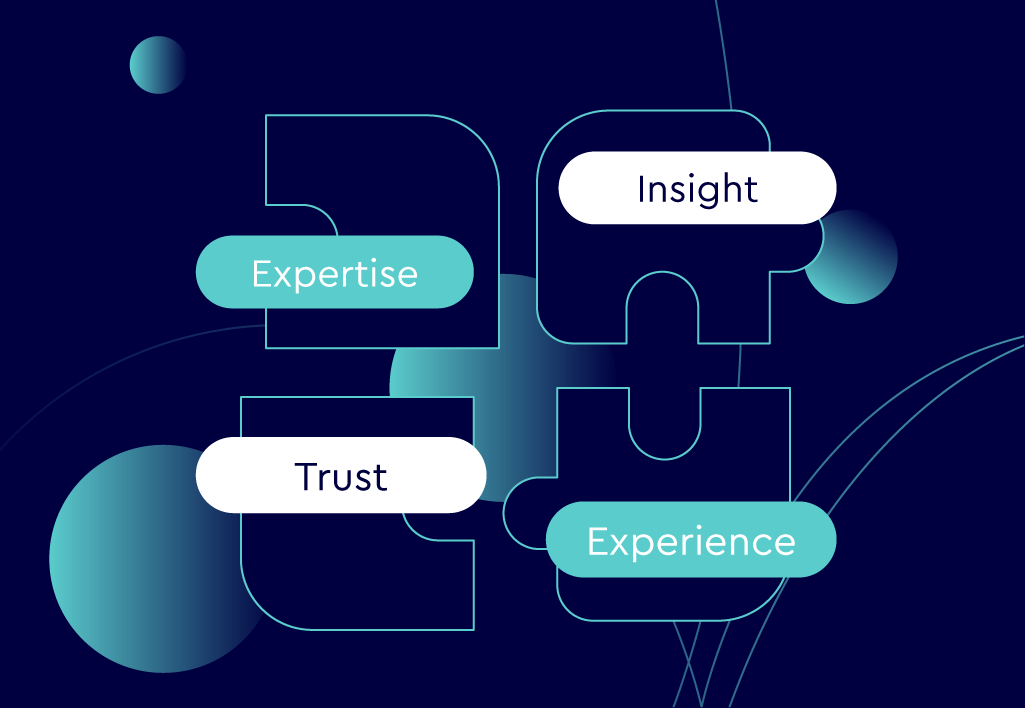
Managing client expectations in fast-paced PPC

Over the years of managing PPC clients, I have encountered many client personality types. In this blog, I cover some of my personal recommendations for managing client expectations. These are key functions we adopt at Embryo to ensure both client satisfaction and success.
This blog is also intended to help manage challenging clients’ expectations and ensure work quality is delivered, whilst being an assertive marketing professional.
1. Transparency
One of the things we pride ourselves on at Embryo is transparency. Transparency makes many appearances in PPC management, whether it be forecasting for a new client, or reporting on success. or analysing account data.
Now that is all well and good, but how does this assist in managing a ‘tough’ client?
Transparency develops trust and allows for the client to believe in your professional recommendations, regardless of whether they match their own belief. I personally will always advise a client or prospect if I believe their goals to be unattainable or the strategy to be more effective on another channel.
One example of this at Embryo is when we have completed potential client research, we may see that there is more of a market for social ads or email marketing rather than PPC. Furthermore, we are transparent with the prospect and advise them that their budget will go further utilising a different advertising channel and produce better results.
I realised a few years ago that every client is not suited to PPC, which was a learning curve that taught me skills I still use to this day. An example of this was taking on budgets far too small for the industry they reside in. Instead of ‘praying’ the £1000 ad spend would somehow result in solicitor leads. I needed to be transparent and advise them to invest elsewhere or hold off on marketing altogether.
2. Communication
I feel like the word communication comes up daily. Whether it’s me ‘hammering’ on to my team about continuously maintaining excellent levels of communication with clients, or detailing why it’s key such as in this very blog.
The first hurdle
The communication you use when a client first comes on board is vital to set expectations and develop a business relationship. One of the most vital steps in the planning process at Embryo is the kick-off meeting with the client. Distinguishing the clear success metric, the target to achieve, or even what needs rectifying before we see success. An example of this would be rushing account creation, before auditing the landing pages we would be utilising.
Assertive Communication
You are the expert. Never let a client undermine you or question your ability under pressure. One thing I always instruct my team to use is data-supported reasoning. If a client is questioning your strategy, results, or methods. Utilise account data, user behaviour and performance to support your beliefs.
Team Communication
I am a strong believer in constructive conflict. For example, If you are brainstorming a strategy with your team, don’t settle for someone else’s strategy or thoughts if you believe you could improve it. Discuss the topic and find a plan that meets the client’s goals and what you believe is achievable. Nobody ever agrees on everything, so encourage staff to debate. It’s completely fine to disagree, just never be rude or brash in the way you approach discussion.
Clients Underperforming?
Although the most common thing people do when a client underperforms is to hide or go quiet. You need to increase your communication. Being transparent about the results and explaining your plan to rectify the problem can reassure a client and ensure their expectations of you ‘handling it’ are met.
One interesting example I had of this was a client once was underperforming and we could simply not attribute as to why in the ads account. Yet after quickly contacting the client to inform them their stats were down, they let us know 3 of the 5 top-selling products were out of stock till the following week.
Building the relationship
My department’s biggest improvement in 2020 has been the further improvement of communication volume and quality. Increasing the number of updates for core PPC performance and increasing personalisation of our communication.
If you are updating a client along every step of the process, the expectation will be met and the client’s trust & confidence will grow for your work.
3. Time
Turnarounds
This should be self-explanatory, but never allow a client to have unrealistic turnaround times.
If you commit to next-day turnarounds, and you are unable to meet this, the client’s trust in you is immediately broken. Always set reasonable and realistic turnarounds from the start of the client relationship to ensure work quality.
Timelines
Always let the client know the timeline you believe you need to achieve success. One of the biggest misconceptions in PPC is expecting instant target-level results. My biggest recommendation is to detail a timeline of success for the new client. This way the client’s expectations are met whilst you are still growing the account, vs them being frustrated believing its ‘underperforming’.
Forecasting
When possible, forecast rough results to a prospective client, so that they know what to expect month on month. Ensure you use data to formulate your forecasting and clearly detail that it is only rough guidance. This will in turn allow a client to understand the pathway to success and how results will grow.
Recap
To improve client expectations, increase your communication volume and quality during every step of the service. Don’t push for every client possible and alternatively don’t let a client push you over.
Utilise the data you analyse as PPC managers to forecast, predict, and manage client expectations.



